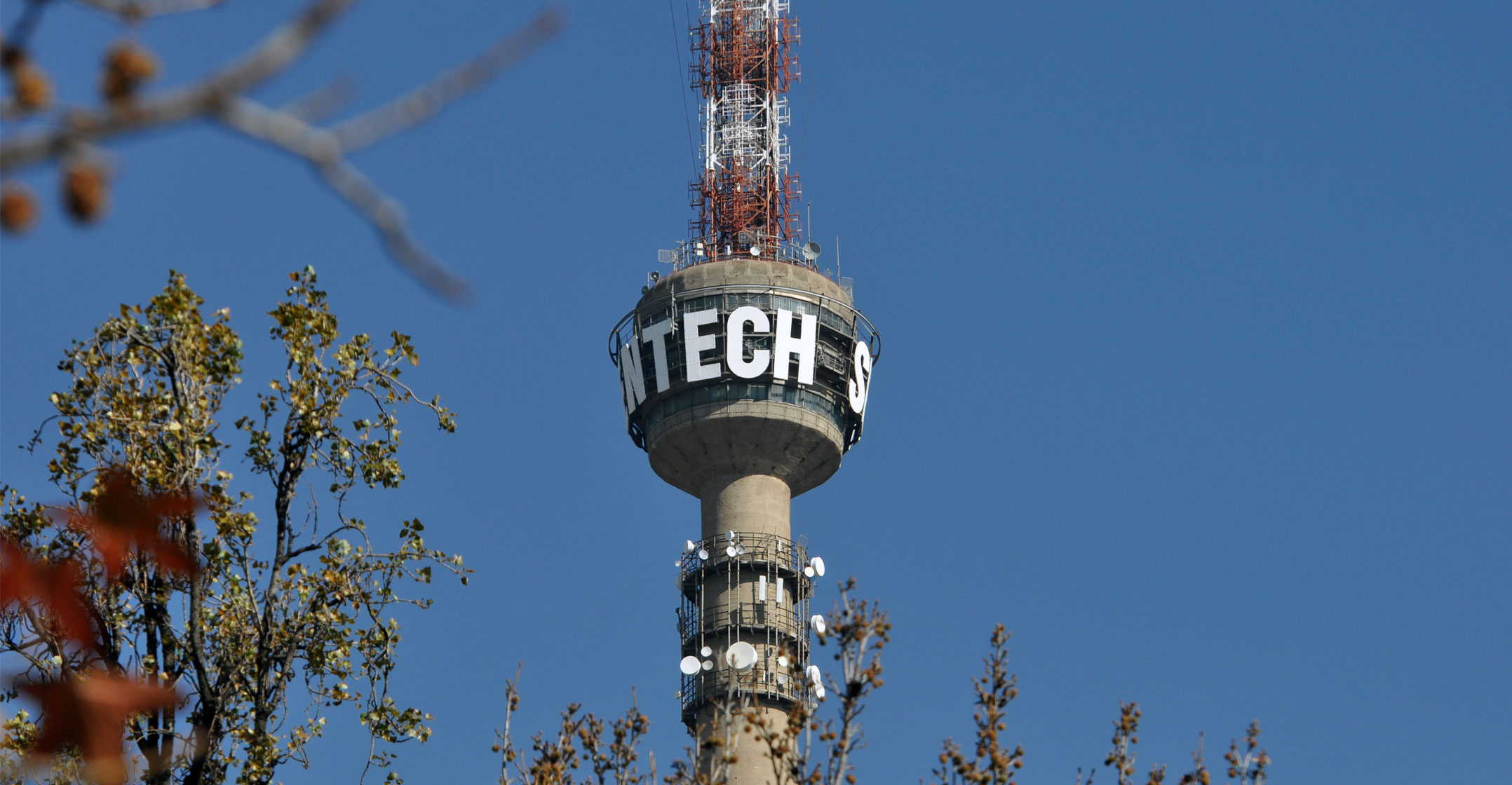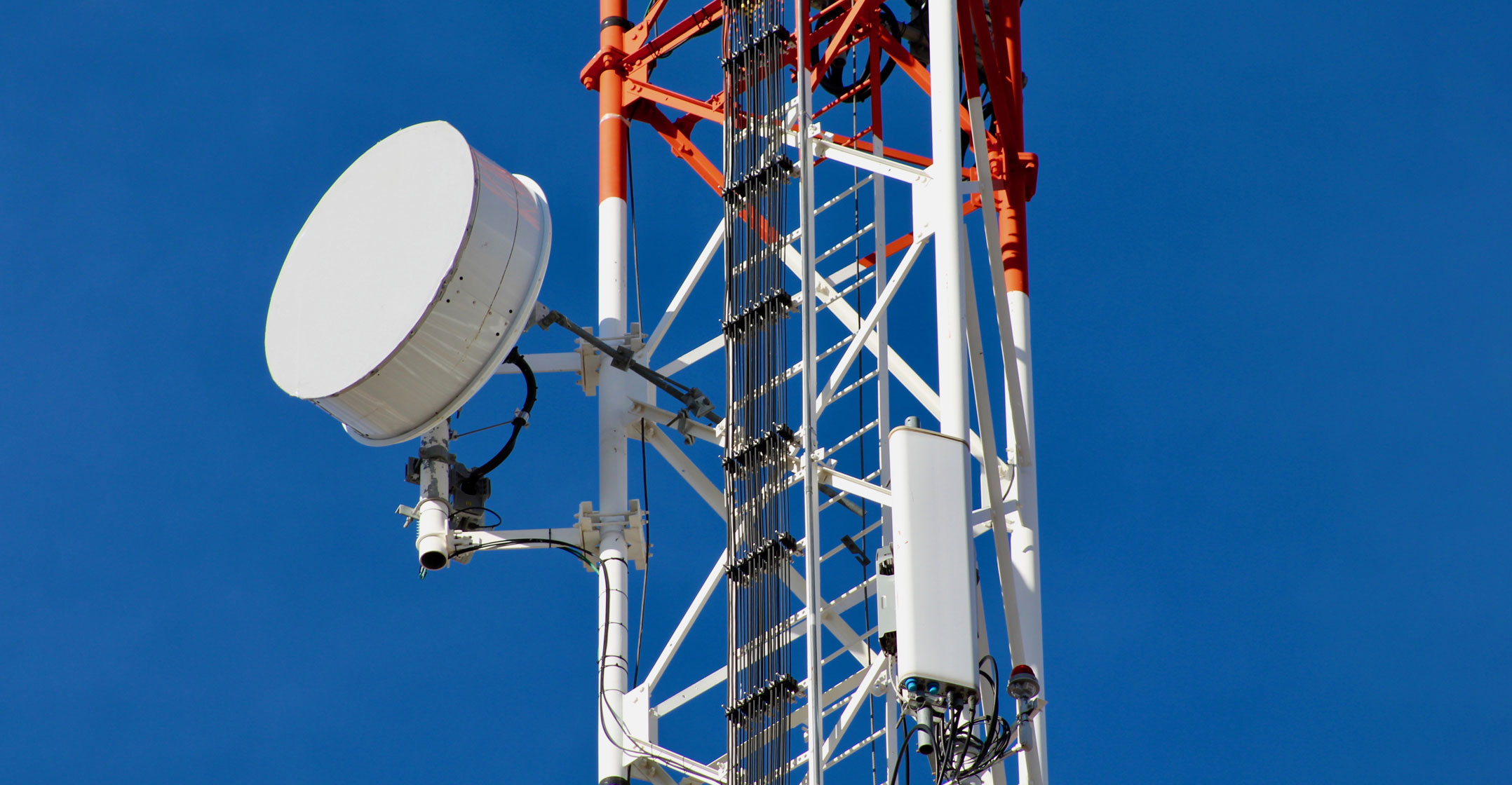
One of the more surprising aspects of communications regulator Icasa’s emergency allocation of temporary spectrum to operators this week is that they’ve been given access to the so-called digital dividend bands.
The 700MHz and 800MHz bands have been earmarked internationally for mobile broadband, with television broadcasters across the world vacating them to make way for telecommunications services. The only problem is that, in South Africa — where this digital migration hasn’t yet happened — the broadcasters are still using these bands for both analogue and digital television.
South Africa should have completed the migration to digital TV in 2015, freeing up the digital dividend for mobile broadband. However, government bungling and industry squabbling have meant the country may still be years from completing the project.
Yet Icasa this week elected to license access to the bands under South Africa’s Covid-19 regulations. And, perhaps surprisingly, the operators feel confident they will be able to use the frequencies — albeit only in certain areas — without interfering with broadcasts from the SABC and e.tv.
Icasa on Friday announced that Telkom, MTN and Vodacom have all received 40MHz each of spectrum in the 700MHz and 800MHz bands. However, due to analogue and digital television broadcasting services still operating in these frequency bands, “sharing and co-existence will have to be implemented systematically through a geographic separation of mobile and broadcasting services in affected areas”, the regulator said.
Telkom the big winner?
In theory, Telkom stands to benefit most from the allocation – unlike Vodacom, MTN and Cell C, it has never had access to sub-1GHz spectrum. This has made it more difficult and expensive for Telkom to offer widespread coverage – in simple terms, lack of access to sub-1GHz assets means building more base stations, at higher cost, to provide a similar experience. Getting access to these bands should help Telkom better manage its capital expenditure and reduce its reliance on national roaming partner Vodacom.
But there won’t be any long-term benefit for Telkom if the temporary spectrum is not replaced with a permanent sub-1GHz assignment after South Africa’s Covid-19 crisis is over. An auction of the spectrum is expected to take place later this year.
Telkom emphasised in response to e-mailed questions from TechCentral on Friday that the temporary spectrum has been assigned as an emergency response to Covid-19 for relief in areas of network congestion.
 “The targeted sites identified for sub-1GHz spectrum are immediately availability based on a high-level assessment of the interplay of broadcasting and mobile systems,” the company said. “Telkom will coordinate with Icasa and broadcasters in the sub-1GHz roll-out process.”
“The targeted sites identified for sub-1GHz spectrum are immediately availability based on a high-level assessment of the interplay of broadcasting and mobile systems,” the company said. “Telkom will coordinate with Icasa and broadcasters in the sub-1GHz roll-out process.”
It said it has allowed for the antenna systems and radio equipment required to cater for this spectrum. “The primary reason for the temporary assignment is the reduction of network congestion resulting from Covid-19. The antennas and radio-equipment deployments for sub-1GHz can be used flexibly in other areas after Covid-19,” Telkom said.
Vodacom, which has also been granted 40MHz in the digital dividend bands, cautioned, however, that the bands are “unfortunately not currently widely usable”. The bands are being used more by broadcasters than in the past as both analogue and digital signals are being used during the “dual illumination” period ahead of the eventual switch-off of the old analogue system.
“This means that, in addition to analogue broadcasting, digital broadcasting is also taking place using the digital dividend bands. Very few analogue broadcasting transmitters have also been turned off. The acceleration of analogue broadcasting switch-off and the completion of digital restacking by broadcasters (moving digital broadcasts out of the digital dividend bands) will make the 700MHz and 800MHz bands much more widely usable,” Vodacom said.
On the plus side, it said that of all the temporary spectrum assignments announced by Icasa, the 700MHz and 800MHz bands can be deployed quickest “as there are some existing sites which have radios installed that can already support these new frequency bands”.
“However, use of the 700MHz and 800MHz bands will be subject to the spectrum granted actually being usable on the sites in question. This will be dependent on the frequencies allocated to Vodacom in these bands not being used for either analogue or digital broadcasting in the areas covered by the sites in question.”
MTN South Africa did not respond to a question about how it plans to use the digital dividend bands. — © 2020 NewsCentral Media




